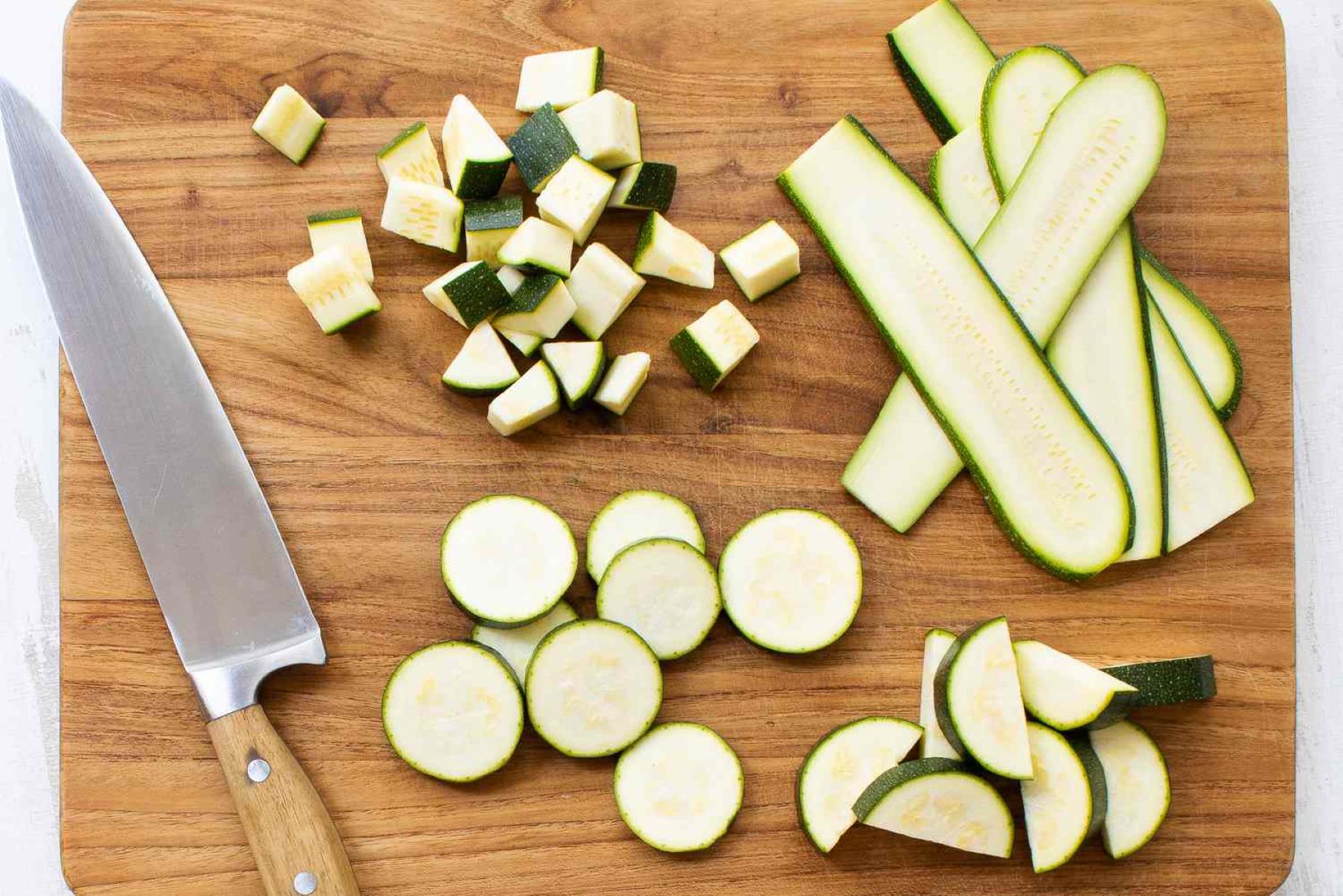

Articles
How To Store Zucchini After Cutting
Modified: October 31, 2024
Learn the best methods and tips for storing cut zucchini to keep it fresh and flavorful with our informative articles on zucchini storage.
(Many of the links in this article redirect to a specific reviewed product. Your purchase of these products through affiliate links helps to generate commission for Storables.com, at no extra cost. Learn more)
Introduction
When it comes to storing zucchini after cutting, many people may find themselves at a loss. Zucchini is a versatile and delicious vegetable that can be used in a variety of recipes, from stir-fries to salads and even baked goods. However, once your zucchini has been cut, it’s essential to store it properly to maintain its freshness and quality.
Storing cut zucchini properly not only helps prevent wastage but also ensures that you have a ready supply of this nutritious vegetable for your cooking needs. Whether you have harvested a bumper crop from your garden, bought zucchini in bulk, or simply have excess slices leftover from a recipe, knowing the best storage methods can help you extend the lifespan of your zucchini and reduce food waste.
In this article, we will explore why it is important to store zucchini after cutting and provide you with valuable tips on how to maximize its shelf life. We will also delve into different storage options, such as refrigeration, freezing, dehydrating, and pickling, so that you can choose the method that best suits your needs. Read on to discover the secrets of properly storing cut zucchini and ensuring that it stays fresh and flavorful for as long as possible.
Key Takeaways:
- Properly storing cut zucchini preserves freshness, reduces waste, and offers culinary flexibility. Refrigerate, freeze, dehydrate, or pickle to enjoy zucchini in various dishes year-round.
- Choose the best storage method for cut zucchini to maintain its flavor and nutritional value. Whether refrigerating for short-term use or freezing for long-term preservation, enjoy zucchini in diverse recipes.
Read more: How To Store A Cut Zucchini
Why Store Zucchini After Cutting?
Storing zucchini after cutting is essential for several reasons. First and foremost, it helps to preserve the freshness and flavor of the vegetable. When zucchini is left exposed to air, it starts to deteriorate rapidly, losing its crunchiness and vibrant taste. By storing cut zucchini properly, you can significantly extend its shelf life and enjoy it in various dishes for longer.
Another reason to store cut zucchini is to reduce food waste. Zucchini, like many other perishable vegetables, can spoil quickly if not stored correctly. By utilizing proper storage methods, you can prevent unnecessary waste and save money by using the zucchini before it goes bad.
In addition, storing cut zucchini allows for convenient meal preparation. With pre-cut zucchini on hand, you can easily incorporate it into your cooking without the hassle of cutting it every time. This can be especially helpful when you have a busy schedule or need to whip up a quick meal.
Furthermore, proper storage helps retain the nutritional value of zucchini. Zucchini is packed with vitamins, minerals, and antioxidants that contribute to a healthy diet. By storing cut zucchini properly, you can ensure that it retains its nutritional content, ensuring that you reap the maximum health benefits when consuming it.
Finally, storing zucchini after cutting allows for versatility in your culinary endeavors. By having cut zucchini stored in different ways, you can easily use it in a variety of recipes. Whether you want to sauté it for a side dish, add it to a pasta dish, or bake it into a delicious bread, having cut zucchini readily available makes it more convenient to experiment with different cooking techniques and flavors.
Overall, storing zucchini after cutting is a wise practice that helps preserve freshness, reduce waste, promote convenience, retain nutrition, and provide culinary flexibility. By understanding the benefits of proper storage, you can make the most out of your zucchini and enjoy its deliciousness in various dishes.
Tips for Storing Cut Zucchini
When it comes to storing cut zucchini, there are a few essential tips to keep in mind. These tips will help ensure that your zucchini stays fresh, retains its flavor, and remains in good condition for an extended period. Here are some valuable tips for storing cut zucchini:
- Choose Fresh Zucchini: Begin by selecting fresh zucchini for cutting. Look for zucchini that is firm, without any soft spots or moldy areas. Avoid zucchini that is overly large or has an excessively dull skin.
- Use Clean Utensils: When cutting zucchini, make sure to use clean utensils and a clean cutting board. This helps prevent the transfer of any bacteria or contaminants that can contribute to spoilage.
- Remove Excess Moisture: Zucchini contains a high water content, which can lead to mushiness when stored. To prevent this, gently pat the cut zucchini with a paper towel to remove any excess moisture before storing it.
- Store in Airtight Containers: Place the cut zucchini in airtight containers to protect it from exposure to air. Airtight containers help maintain the freshness and flavor of the zucchini while preventing it from absorbing any unwanted odors from other foods in the refrigerator.
- Label and Date Containers: If you have multiple containers of cut zucchini, label them with the date of storage. This will help you keep track of how long the zucchini has been stored and ensure that you use the oldest containers first to prevent any waste.
- Store in the Right Temperature: Keep the cut zucchini stored in the refrigerator, preferably in the crisper drawer. The cool temperature of the refrigerator helps slow down the deterioration process and extends the shelf life of the zucchini.
- Avoid Crowding: Do not overcrowd the zucchini in the container. Overcrowding can lead to quicker spoilage as the lack of air circulation promotes moisture buildup. If you have a large amount of cut zucchini, consider dividing it into smaller containers for better storage.
- Regularly Check for Spoilage: Periodically check the cut zucchini for any signs of spoilage, such as mold, sliminess, or an off-putting odor. If you notice any of these signs, discard the affected pieces to prevent the spoilage from spreading to the remaining zucchini.
By following these tips, you can ensure that your cut zucchini remains fresh, flavorful, and ready to use in a variety of dishes. Proper storage techniques can make a significant difference in the quality and longevity of your zucchini, allowing you to enjoy its deliciousness for an extended period.
Option 1: Refrigerating Cut Zucchini
Refrigeration is one of the most common and convenient methods for storing cut zucchini. By properly refrigerating cut zucchini, you can keep it fresh and maintain its flavor for several days. Here is how to refrigerate cut zucchini:
- Prepare the Zucchini: Start by washing and cutting the zucchini into your desired shapes or slices. Ensure that the pieces are uniform in size for even cooking and storage.
- Remove Excess Moisture: Gently pat the cut zucchini pieces with a paper towel to remove any excess moisture. Excess moisture can lead to the zucchini becoming mushy or spoil faster.
- Store in Airtight Containers: Transfer the cut zucchini into airtight containers. Choose containers that are the appropriate size for the amount of zucchini you are storing. Make sure to leave some space at the top of the container to allow for proper air circulation.
- Label and Date Containers: Label the containers with the date of storage using a waterproof marker or tape. This will help you keep track of the storage time and use the oldest containers first to prevent any waste.
- Place in the Crisper Drawer: Store the airtight containers of cut zucchini in the crisper drawer of your refrigerator. The crisper drawer provides a slightly higher humidity level and helps maintain the freshness of the zucchini.
- Consume within a Few Days: Cut zucchini stored in the refrigerator should be consumed within 3 to 5 days to ensure optimal freshness and flavor. After this time, the zucchini may start to lose its texture and become less flavorful.
- Check for Spoilage: Regularly inspect the cut zucchini for any signs of spoilage, such as mold, sliminess, or an off-putting odor. If any pieces show signs of spoilage, discard them immediately to prevent the spoilage from spreading to the rest of the zucchini.
Refrigerating cut zucchini is a simple and effective way to store it for a short period. Whether you plan to use the zucchini in stir-fries, salads, or other dishes, refrigeration helps maintain its freshness and quality, ensuring that you can enjoy it in your favorite recipes. Remember to consume the refrigerated cut zucchini within a few days to fully enjoy its deliciousness.
Store cut zucchini in an airtight container or resealable bag in the refrigerator. Make sure to remove as much air as possible to prevent it from spoiling quickly. It should be used within 2-3 days for the best quality.
Option 2: Freezing Cut Zucchini
Freezing is an excellent option for storing cut zucchini for an extended period. When done correctly, freezing can help preserve the texture and flavor of the zucchini, allowing you to enjoy it even months later. Here is how to freeze cut zucchini:
- Prepare the Zucchini: Start by washing the zucchini thoroughly and cutting it into your desired shapes or slices. It’s important to blanch the zucchini before freezing to maintain its color, texture, and flavor.
- Blanch the Zucchini: Blanching helps stop enzyme activity that can cause the zucchini to become mushy when frozen. Bring a pot of water to a boil and add the cut zucchini. Boil for 1-2 minutes, then quickly transfer the zucchini into a bowl of ice water to cool down.
- Drain and Dry: Once the zucchini has cooled down, drain it thoroughly and pat it dry with a kitchen towel. Removing excess moisture will help prevent ice crystals from forming and ensure the best quality when thawed.
- Portion and Package: Divide the blanched and dried zucchini into portion sizes that are suitable for your needs. You can use freezer-safe bags or containers for packaging. Make sure to remove as much air as possible from the bags or containers to prevent freezer burn.
- Label and Date: Label the freezer bags or containers with the contents and date of freezing. This will help you keep track of the storage time and use the oldest zucchini first.
- Freeze: Place the labeled and sealed bags or containers of cut zucchini in the freezer. It’s recommended to store them in a single layer initially to allow for faster freezing. Once frozen solid, you can rearrange them to save space.
- Thawing and Using: When you are ready to use the frozen cut zucchini, simply remove the desired amount from the freezer and thaw it in the refrigerator overnight or use the defrost function on your microwave. Once thawed, you can incorporate it into your favorite recipes.
- Enjoy within 8-10 Months: Properly frozen and stored cut zucchini can maintain its quality for 8-10 months. However, for the best flavor and texture, it’s recommended to consume it within 3-6 months.
Freezing cut zucchini is an excellent option for preserving its freshness and taste. Whether you want to use it in soups, stews, or casseroles, having frozen cut zucchini on hand allows for convenient and versatile meal preparation. By following these steps, you can enjoy the flavors of summer zucchini even during the colder months.
Read more: How To Store Cut Zucchini In The Fridge
Option 3: Dehydrating Cut Zucchini
Dehydrating cut zucchini is a fantastic method for preserving this versatile vegetable. Dehydrated zucchini retains its flavor and nutrients while offering a convenient way to enjoy it in various recipes. Here is how to dehydrate cut zucchini:
- Prepare the Zucchini: Start by washing the zucchini and cutting it into thin, even slices. You can also use a mandoline or vegetable slicer to ensure consistent thickness.
- Blanch (optional): Blanching zucchini before dehydrating can help preserve its color and texture. Bring a pot of water to a boil and briefly immerse the zucchini slices for about 1-2 minutes. Then, transfer them to an ice bath to cool down.
- Remove Excess Moisture: Pat the blanched or raw zucchini slices with a paper towel to remove any excess moisture. This step helps speed up the dehydration process.
- Arrange on Dehydrator Trays: Lay the zucchini slices in a single layer on the dehydrator trays. Leave space between the slices to ensure proper air circulation for even drying.
- Set the Temperature and Time: Follow the manufacturer’s instructions for your specific dehydrator model. Set the temperature to around 125-135°F (52-57°C) and let the zucchini dehydrate for 8-12 hours. The drying time may vary depending on the thickness of the slices and the humidity in your area.
- Check for Dryness: After the recommended drying time, check the zucchini for dryness. It should be brittle and crisp, without any moisture remaining. If any pieces are still slightly soft, return them to the dehydrator for additional drying time.
- Cool and Store: Allow the dehydrated zucchini slices to cool completely before storing them. Once cooled, transfer them to airtight containers or resealable bags. You can also vacuum-seal them for better preservation.
- Label and Date: Label the container or bag with the contents and date of dehydration. This will help you keep track of the storage time and ensure that you use the oldest zucchini first.
- Store in a Cool, Dry Place: Store the dehydrated zucchini in a cool, dry place away from direct sunlight. Proper storage conditions will help maintain the flavor and quality for a longer period.
- Rehydrate and Use: When you are ready to use the dehydrated zucchini, you can rehydrate it by soaking the slices in water for about 15-30 minutes. Alternatively, you can add the dehydrated zucchini directly to soups, stews, or other recipes that require cooking with liquid.
Dehydrated zucchini is a versatile ingredient that can be used in various dishes, such as soups, stews, stir-fries, or even as a crispy snack. By following these steps, you can enjoy the flavors of zucchini throughout the year and make the most out of your harvest or store-bought zucchini.
Option 4: Pickling Cut Zucchini
Pickling cut zucchini is a delightful way to preserve the vegetable while infusing it with tangy flavors. Pickled zucchini adds a delicious crunch and tang to sandwiches, salads, and antipasto platters. Here is how you can pickle cut zucchini:
- Prepare the Zucchini: Start by washing the zucchini thoroughly and cutting it into your desired shapes or slices. You can cut the zucchini into rounds, spears, or even julienne strips.
- Prepare the Brine: In a saucepan, combine equal parts water and vinegar, such as white vinegar or apple cider vinegar. Add sugar, salt, and desired spices, such as garlic, dill, or red pepper flakes, to create a flavorful brine. Bring the mixture to a boil and let it simmer for a few minutes until the sugar and salt dissolve.
- Blanch (optional): Blanching the zucchini can help soften it slightly and preserve its color. Bring a pot of water to a boil and briefly immerse the zucchini slices for about 1-2 minutes. Then, transfer them to an ice bath to cool down.
- Pack the Jars: Pack the cut zucchini tightly into clean, sterilized jars, leaving about half an inch of headspace at the top. Add any desired spices or aromatics, such as garlic cloves or dill sprigs, to enhance the flavor.
- Fill with Brine: Pour the hot brine over the zucchini, making sure to cover the zucchini completely. Leave a small headspace to allow for expansion during pickling.
- Remove Air Bubbles: Gently tap the jars on a solid surface to remove any air bubbles. If needed, use a clean utensil to push down the zucchini and release any trapped air bubbles.
- Seal the Jars: Wipe the jar rims with a clean, damp cloth to ensure a proper seal. Apply the lids and screw on the bands until they are finger-tight. Do not overtighten.
- Process or Refrigerate: Depending on the pickling method you prefer, you can choose to process the jars in a water bath canner for long-term storage or simply store them in the refrigerator for shorter-term pickling.
- Process in Water Bath (optional): If you opt for long-term storage, place the sealed jars in a water bath canner, making sure they are fully submerged. Process the jars according to the recommended time for pickled vegetables in your specific recipe.
- Refrigeration Pickling: If you choose to refrigerate the jars, allow them to cool at room temperature for a few hours, then transfer them to the refrigerator. The pickles will develop flavor over time, but they can be consumed after a few days.
- Enjoy and Store: Allow the pickled zucchini to sit for at least 24 hours to develop their flavor. They can be enjoyed immediately, and if properly stored, they will last several months in the refrigerator.
Pickled zucchini is a delicious addition to sandwiches, salads, charcuterie boards, or as a tangy and crunchy snack on its own. This pickling method allows you to enjoy the flavors of zucchini with a unique twist and prolong its shelf life. Experiment with different spices and flavor combinations to create your own signature pickled zucchini.
Conclusion
Storing zucchini after cutting is a crucial step to maintain its freshness, flavor, and nutritional value. By following the various storage options discussed in this article, you can make the most out of your zucchini and reduce food waste. Whether you choose to refrigerate, freeze, dehydrate, or pickle cut zucchini, each method offers its own benefits and allows you to enjoy this versatile vegetable in different ways.
Refrigerating cut zucchini is a popular choice for short-term storage, allowing you to retain its freshness and crunch for a few days. Freezing cut zucchini is ideal for long-term preservation, enabling you to enjoy the taste of summer even during the colder months. Dehydrating cut zucchini offers a convenient way to store this vegetable for an extended period, making it suitable for use in various recipes. Pickling cut zucchini adds a tangy and flavorful twist, transforming it into a delicious condiment for sandwiches, salads, and more.
Regardless of the method you choose, it’s important to follow the recommended steps for each storage option to ensure optimal results. Properly packaging, labeling, and storing the cut zucchini is essential for maintaining its quality and flavor. Regularly check for any signs of spoilage and discard any affected pieces to prevent further contamination.
Remember to make the most out of your stored cut zucchini by incorporating it into your favorite dishes. Whether it’s adding some refrigerator-stored zucchini to a stir-fry, using frozen zucchini in a hearty soup, rehydrating dehydrated slices for a salad, or enjoying pickled zucchini on a sandwich, these storage methods open up a world of culinary possibilities.
By implementing these storage techniques, you can reduce waste, save money, and enjoy the flavors of zucchini throughout the year. So the next time you have cut zucchini on hand, put these tips into practice and savor the taste of this nutritious and versatile vegetable for as long as possible.
Frequently Asked Questions about How To Store Zucchini After Cutting
Was this page helpful?
At Storables.com, we guarantee accurate and reliable information. Our content, validated by Expert Board Contributors, is crafted following stringent Editorial Policies. We're committed to providing you with well-researched, expert-backed insights for all your informational needs.
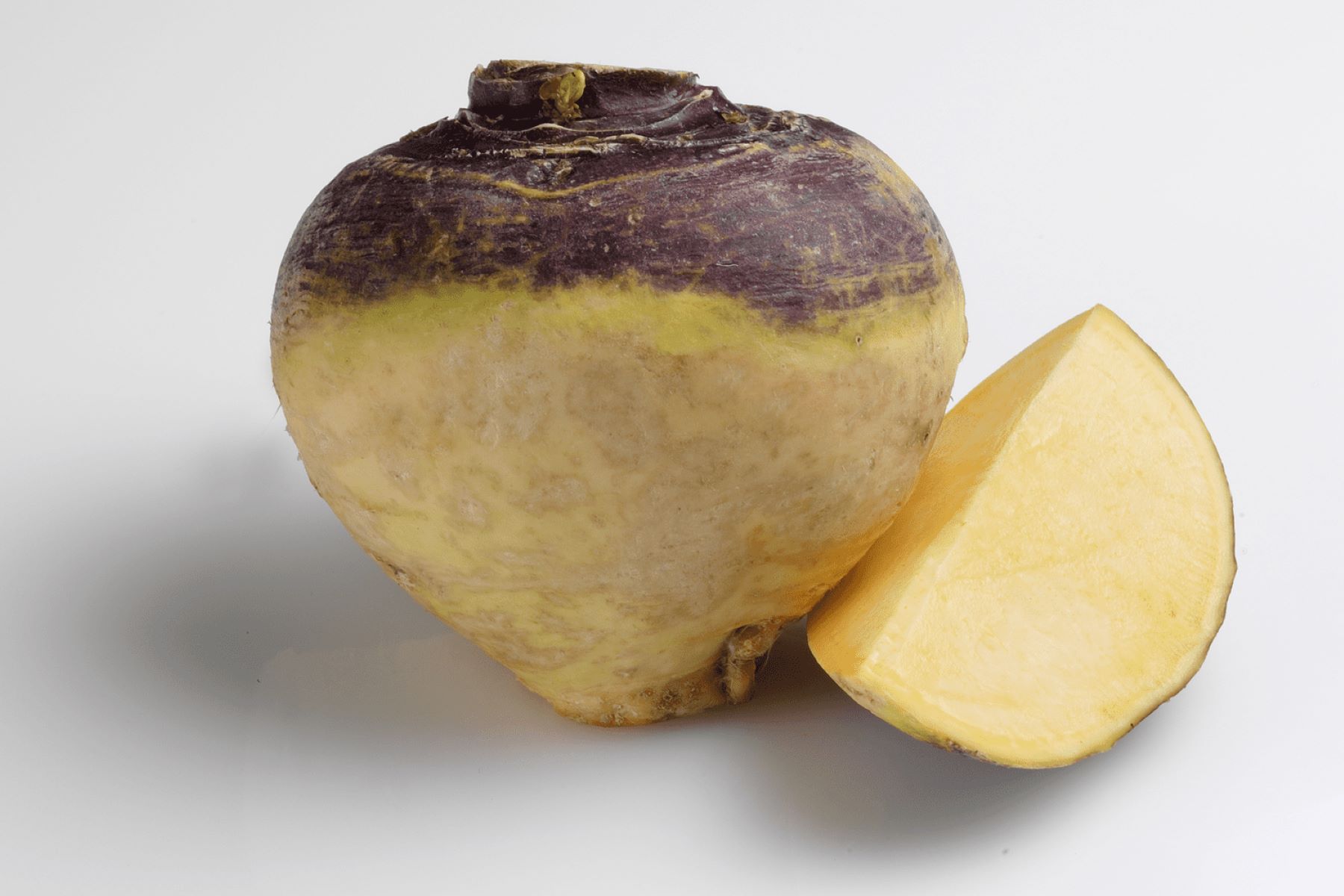
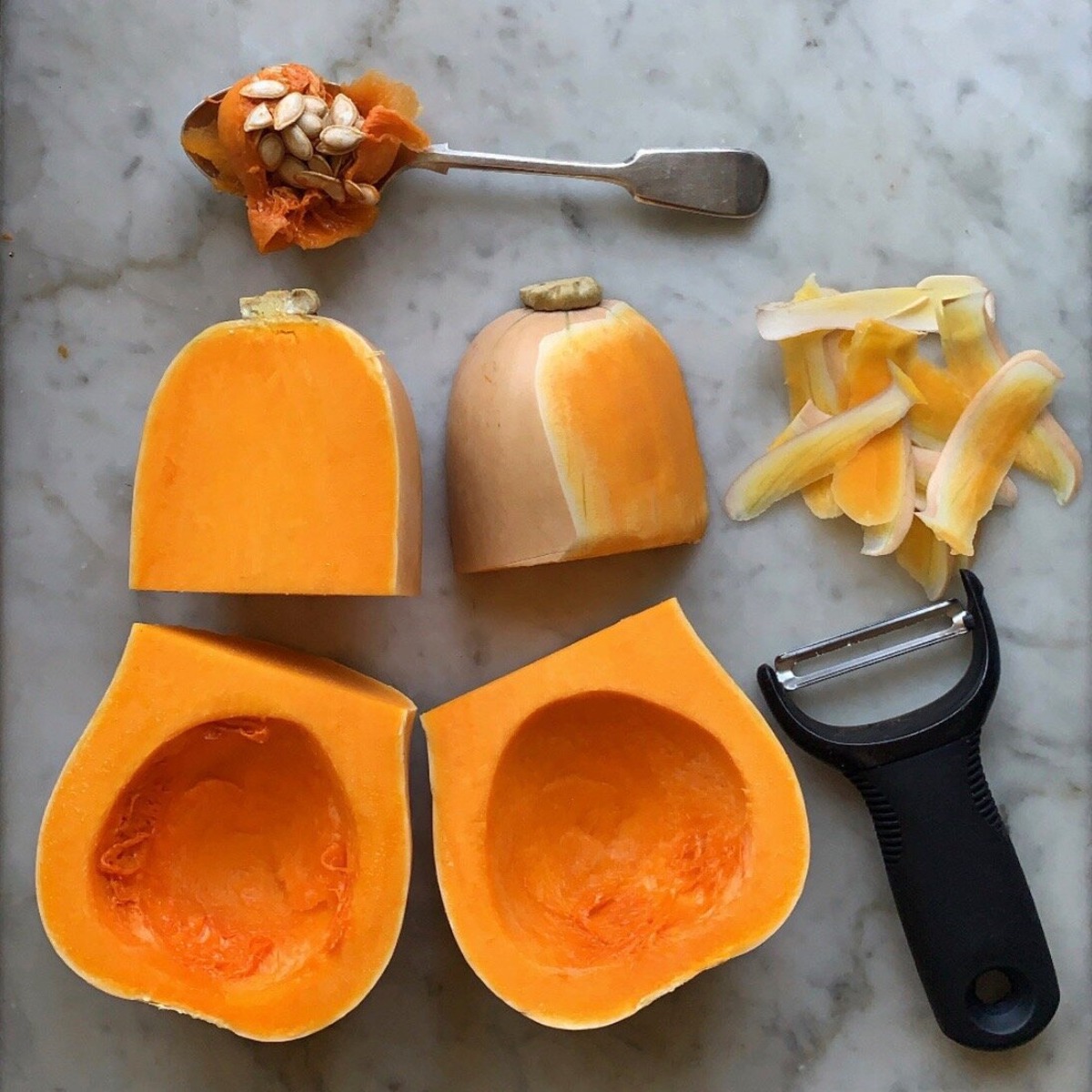
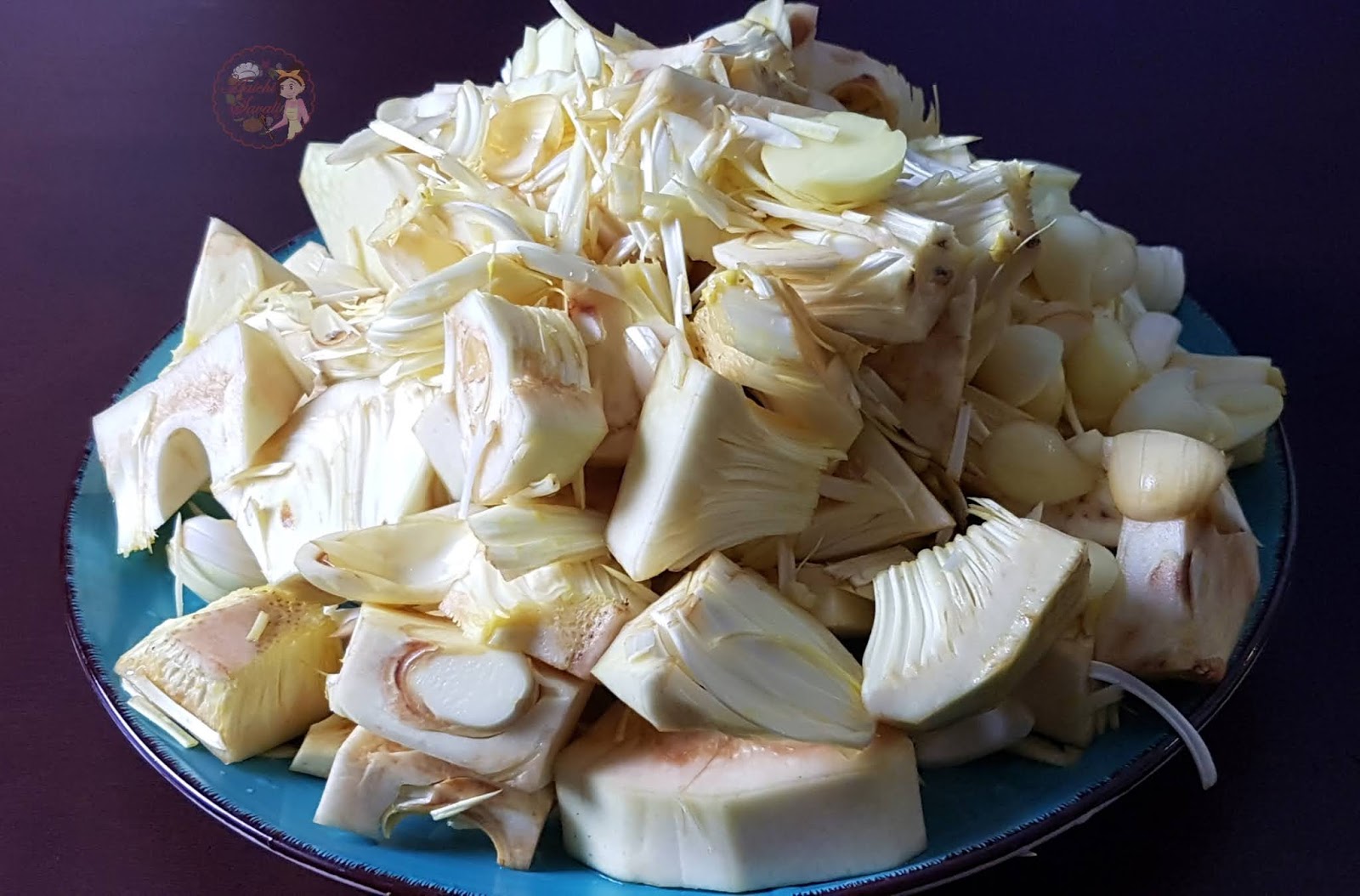

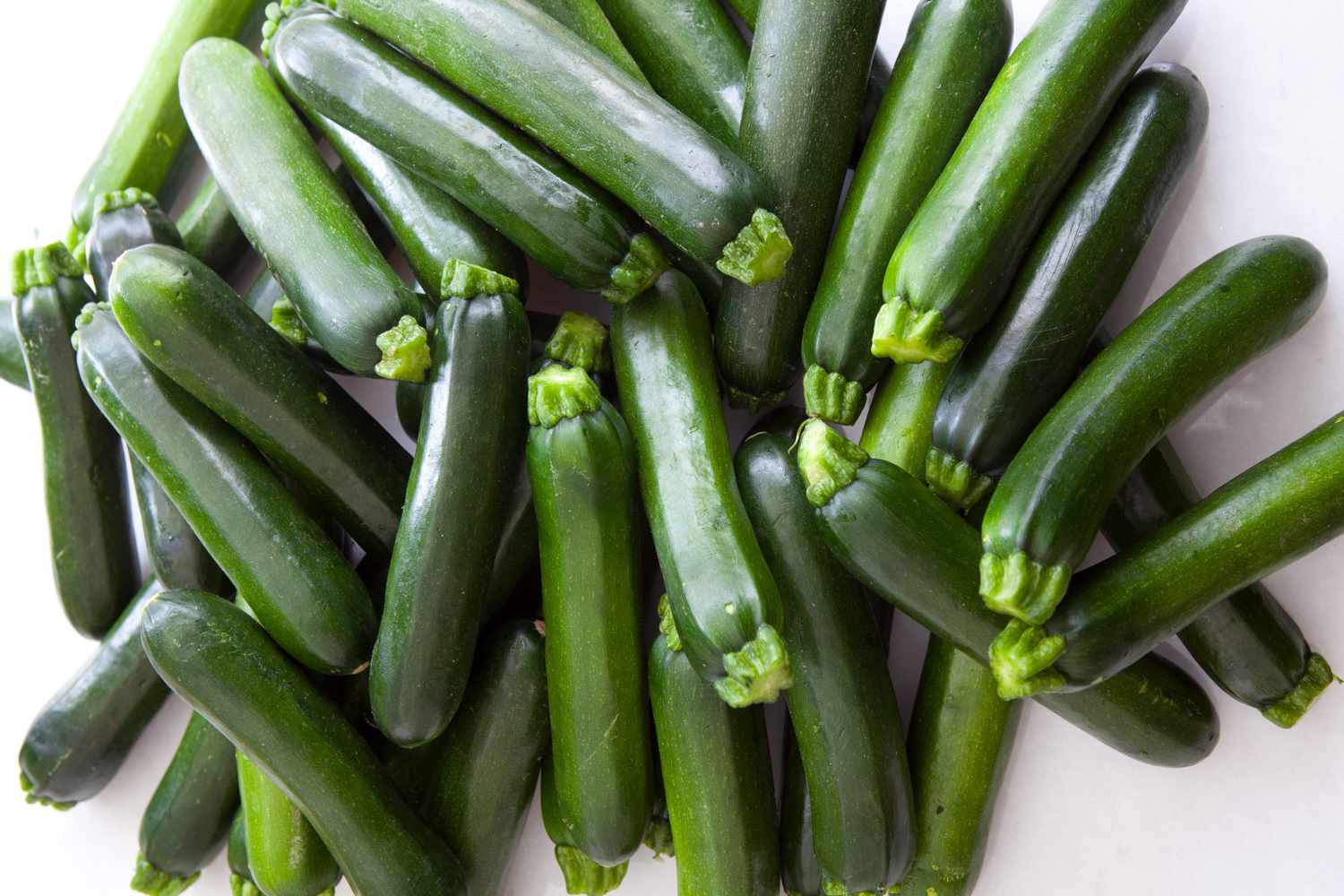
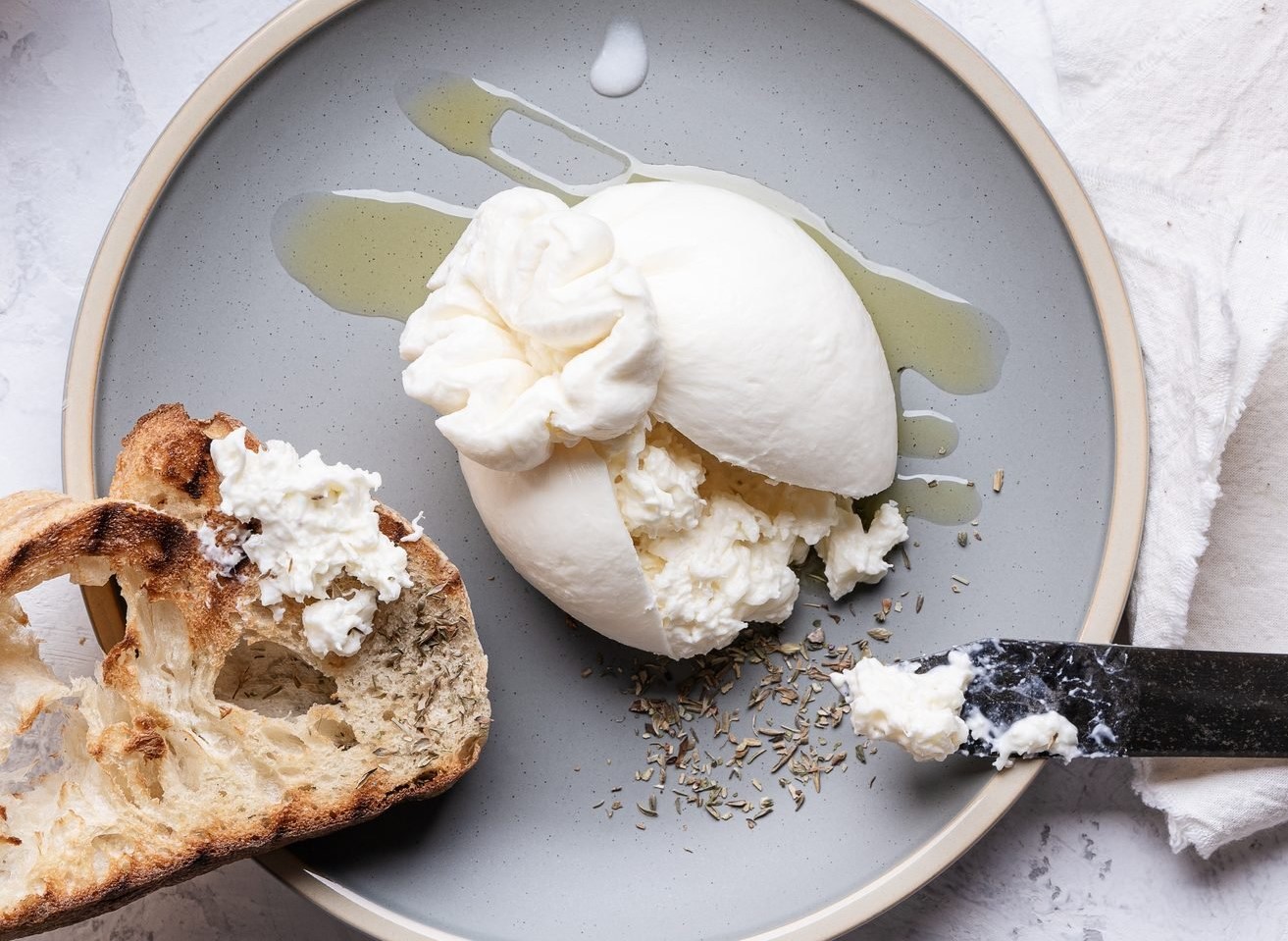
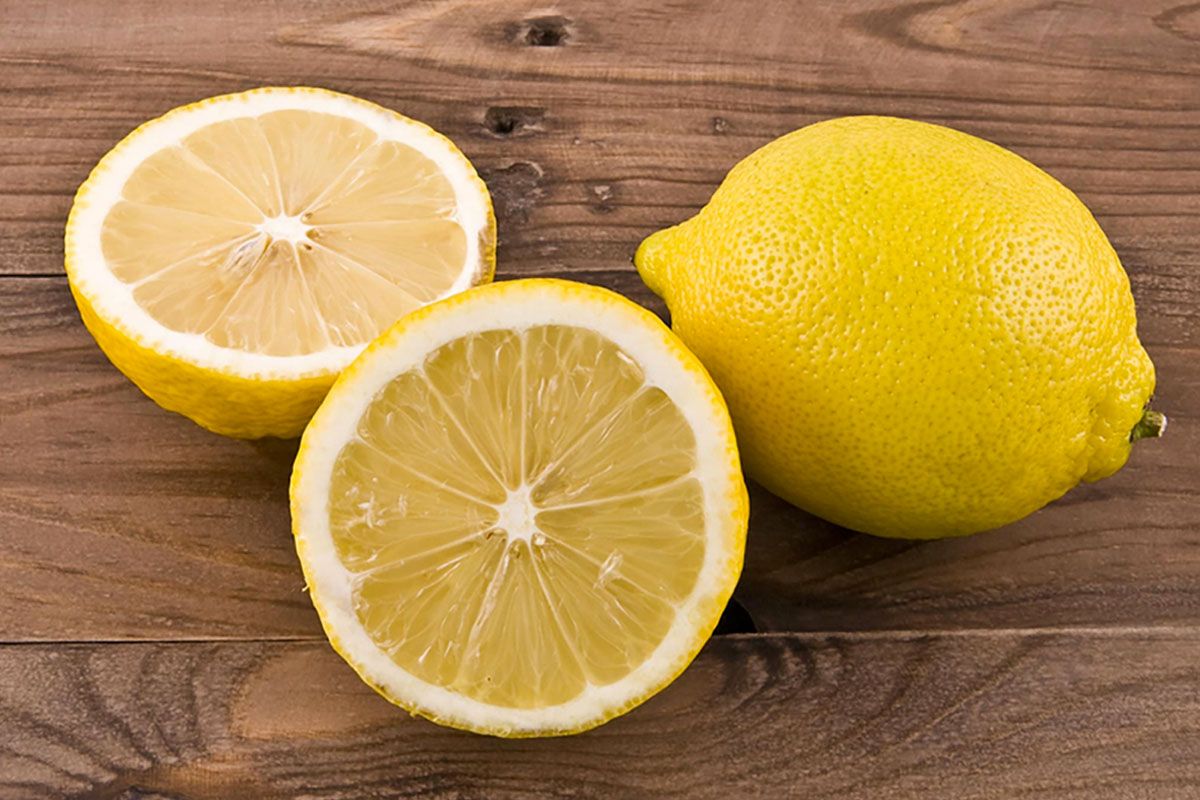
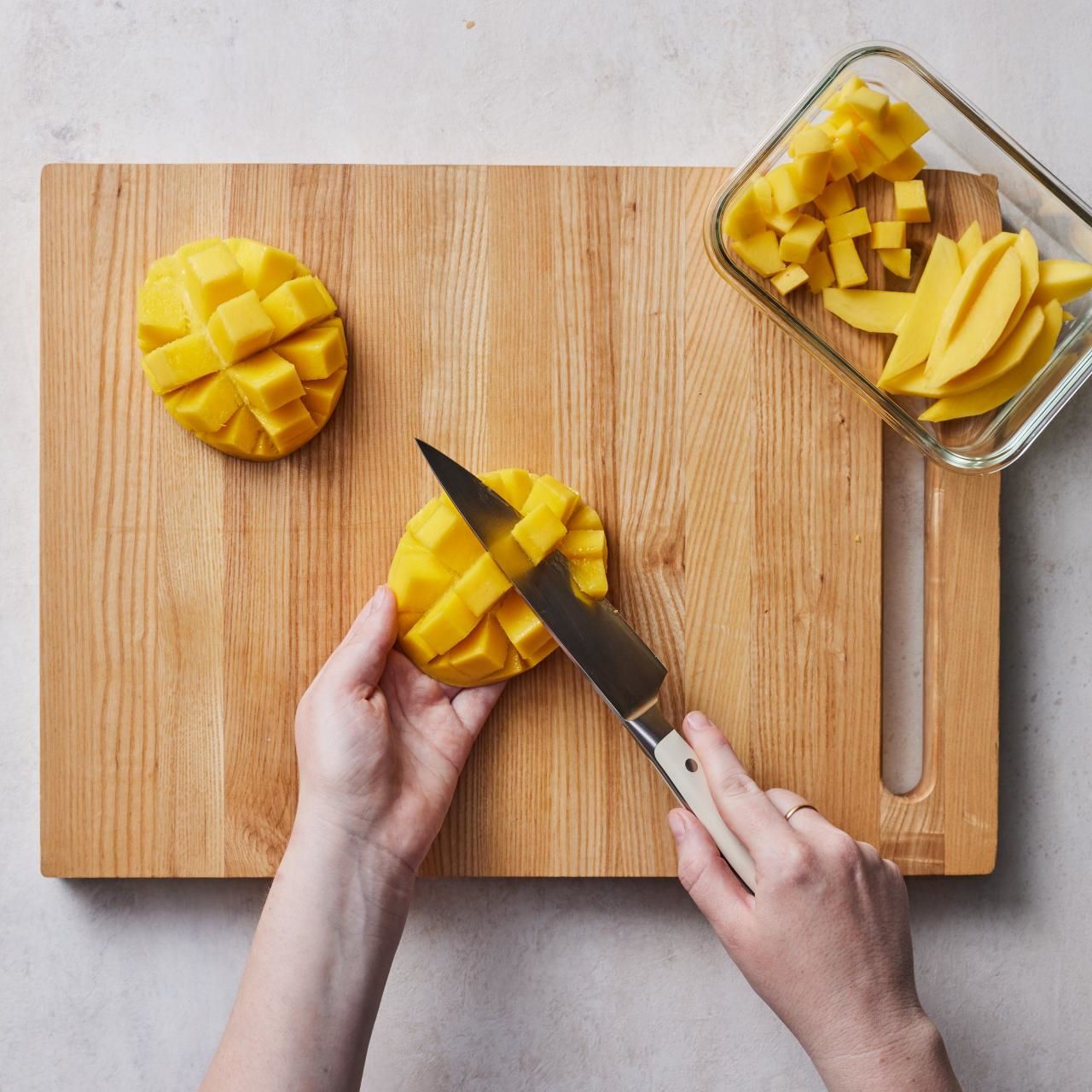
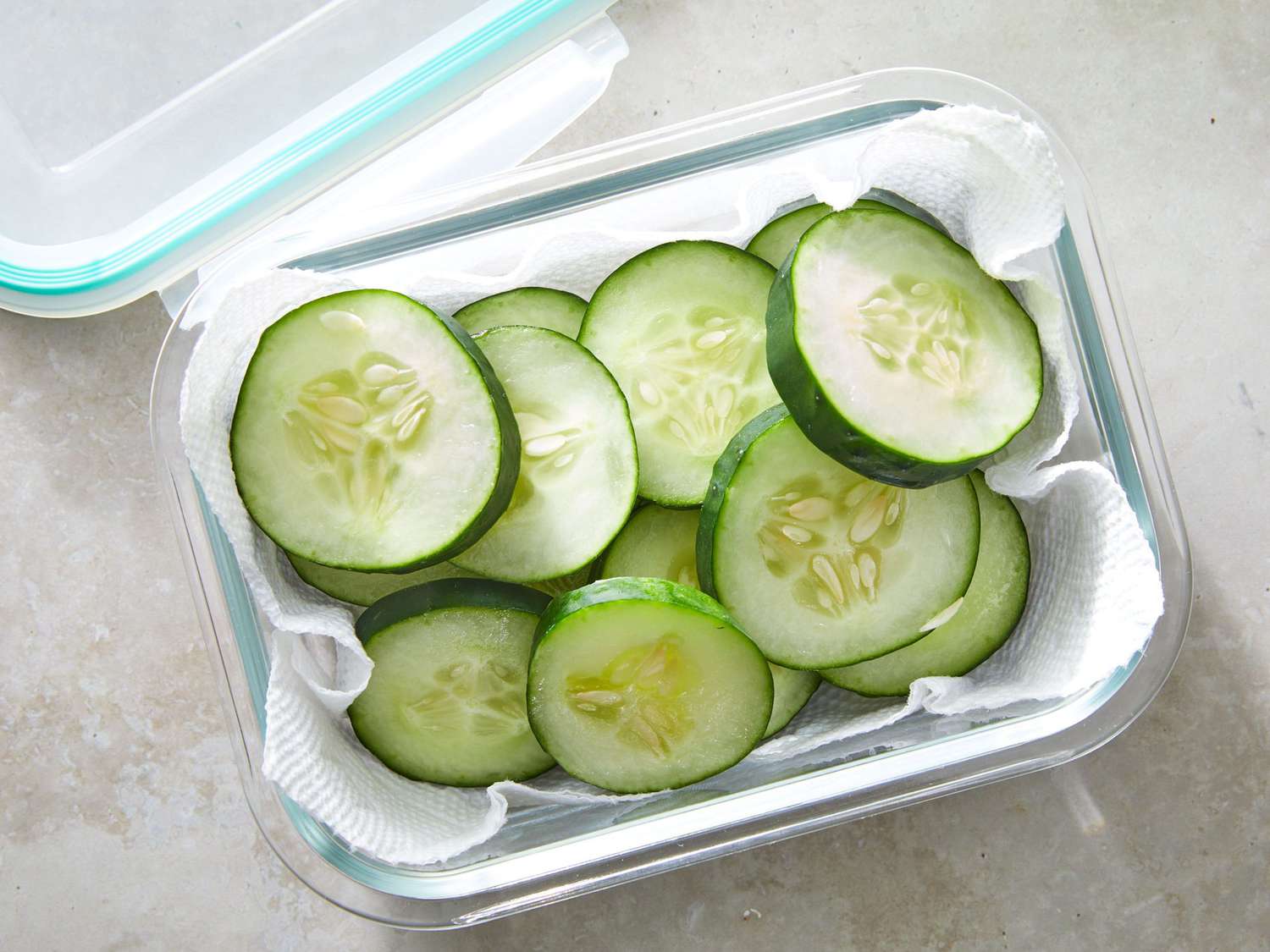
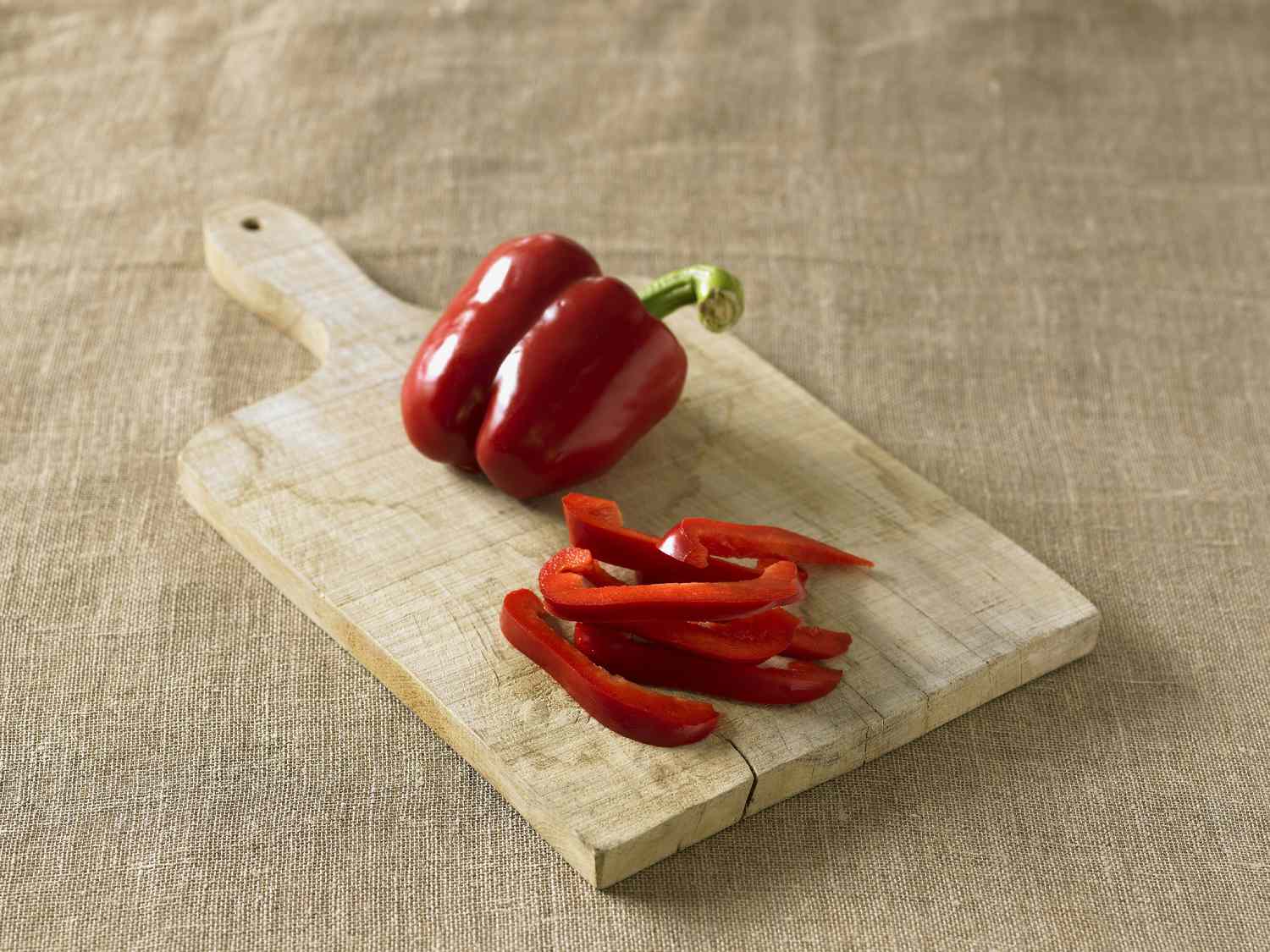
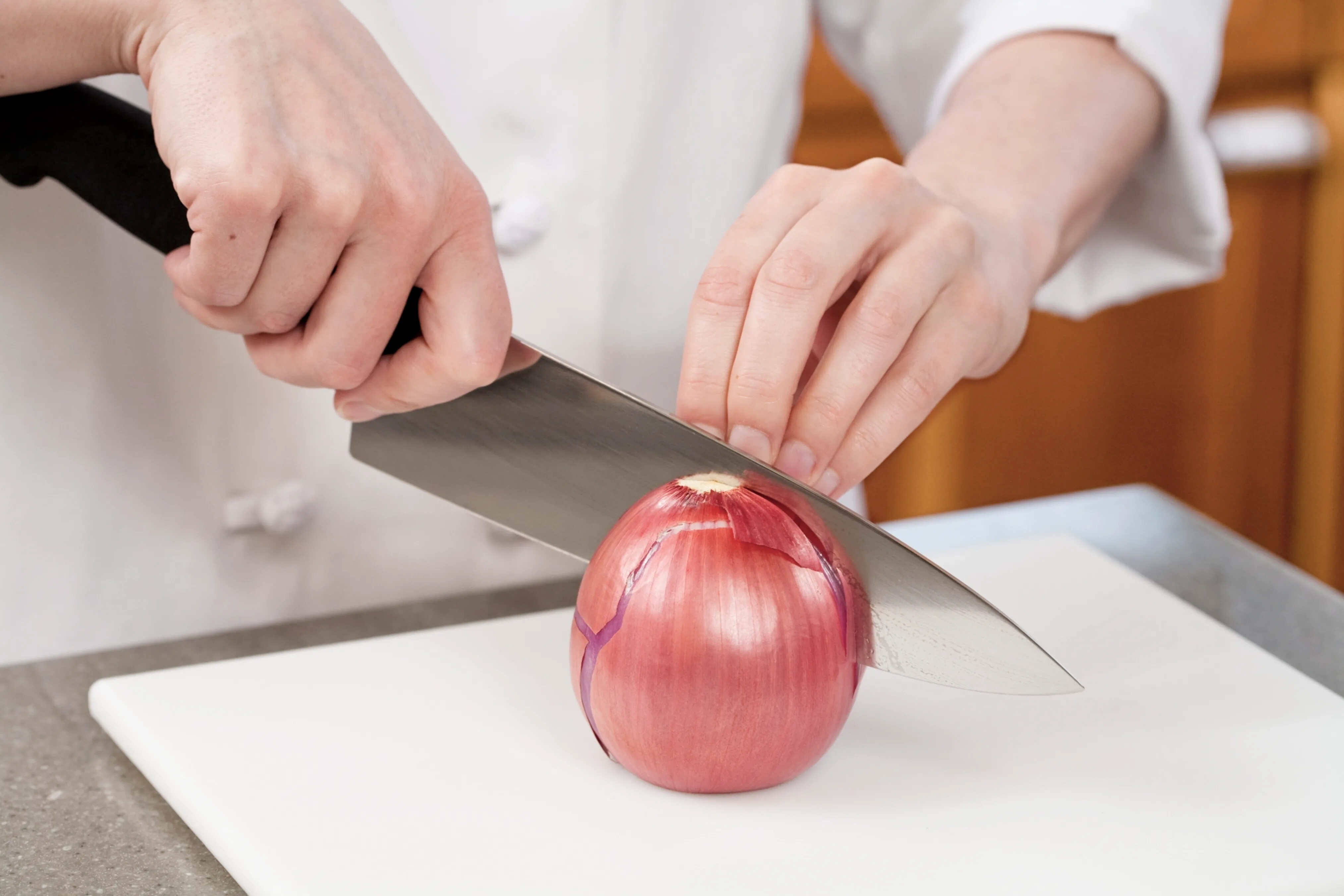
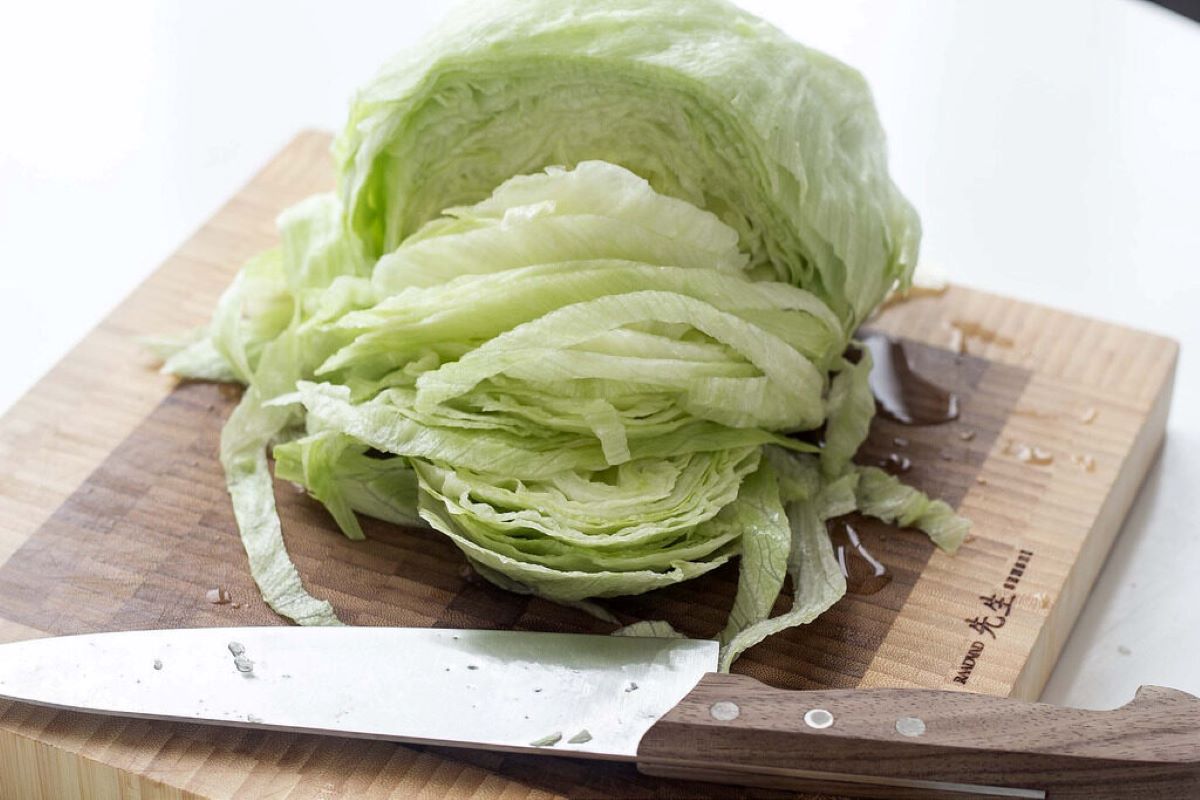
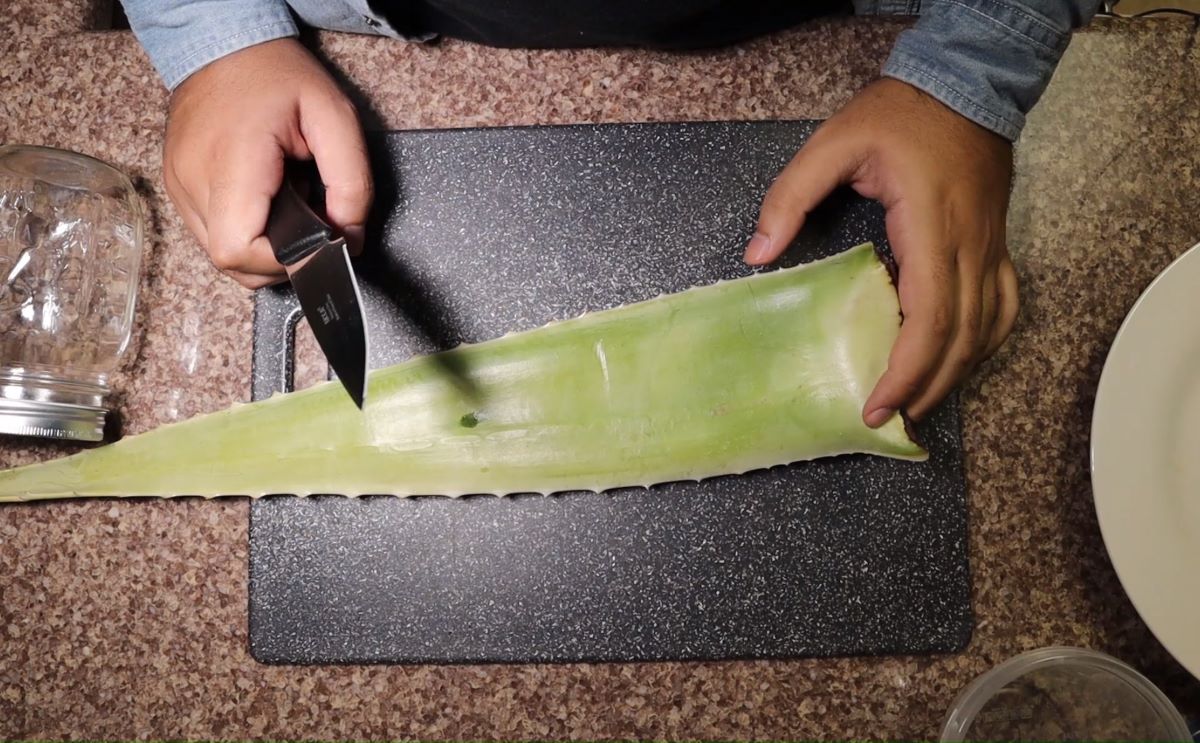
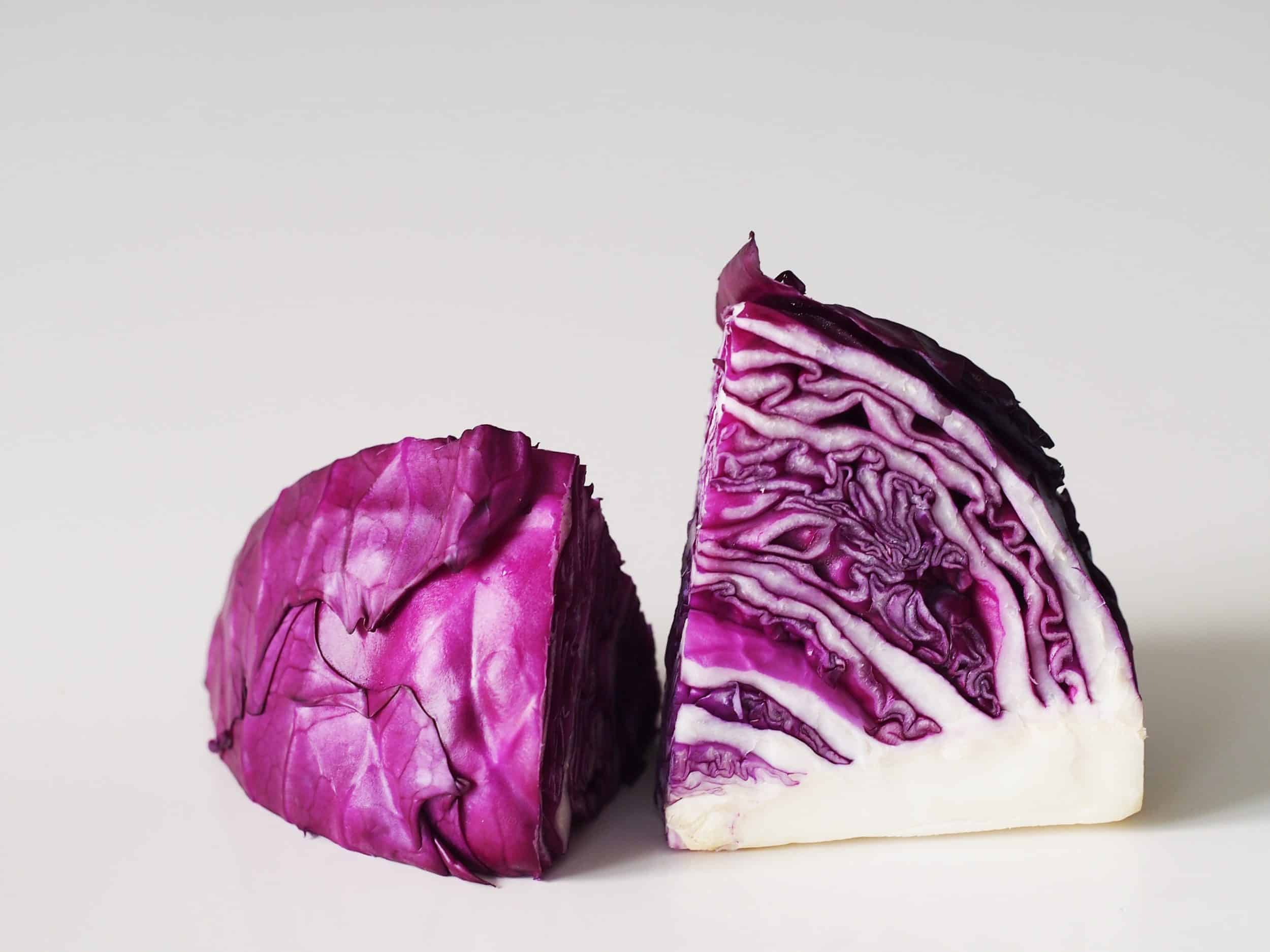

0 thoughts on “How To Store Zucchini After Cutting”